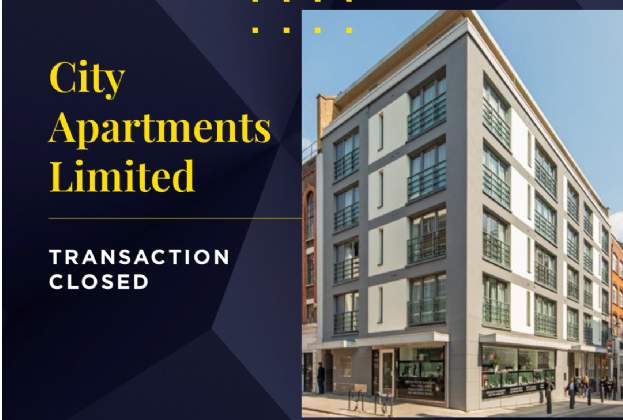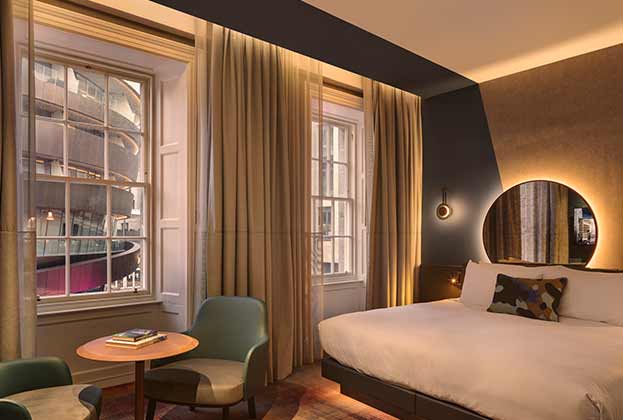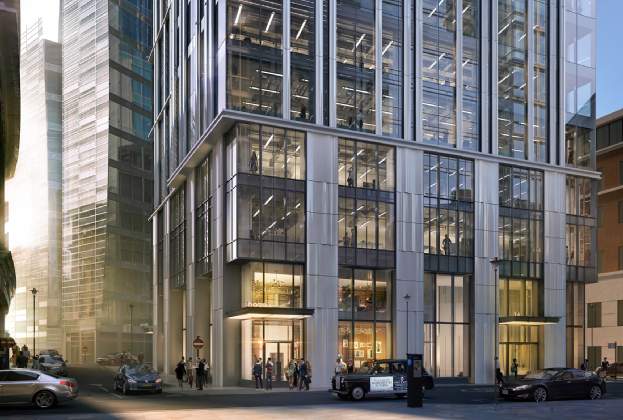As the hotel market continues to diversify to accommodate more discerning travellers, there continues to be a rise in adapting historic landmark buildings into hotels.
Buildings such as banks and government properties are undergoing transformations to provide guests with a unique taste of their destination via original features ranging from grand entrances, quirky winding corridors and cavernous basements to dramatic and lofty murals.
Many travellers now prioritise ‘experience’: creating trips that are bespoke and set apart from that of their peers and eschewing the pre-digital calling cards of consistency and conformity. Potential guests now have access to photos, videos and real-time feedback from like-minded jet-setters in a way we previously could never have dreamed of – we had to spend hours flicking through holiday brochures.
Landmark properties offer ‘experience’ in spades. Often lying empty before being converted, these buildings give the developer a chance to create a hotel with genuine personality. A prime example of this is the impending conversion of London's Admiralty Arch (above), located at the end of The Mall. The building has views towards Buckingham Palace and was once used as offices by Winston Churchill. Completed in 1912, it is being developed into a 100-bedroom luxury hotel and 12 serviced apartments.
Meanwhile, the new Four Seasons Hotel London at Ten Trinity Square, constructed in 1922 and set just off the banks of the River Thames, was previously the bustling headquarters of the Port of London Authority. Inside, the central rotunda has been partially restored and updated after being destroyed in The Blitz and the property has been painstakingly renovated and converted into the City’s newest darling. Other London examples include the recent conversion of the 1920s' Midland Bank building into The Ned hotel and members’ club.
Buildings such as these offer a chance for visitors to learn about the history of the area and give locals a chance to reconnect with its heritage. Often benefitting from being in the heart of a town or city, they can also offer an insight into forgotten or obscure elements of culture and history.
Such hotels prove to be not only a hit with guests and heritage authorities, but local residents can reap the benefits, too. A new breath of life is given to previously neglected or overlooked buildings, piquing the interest of those living around them. Bars and restaurants play a crucial role in this, offering tourists and residents alike a new place to meet and bringing a potential boost to the local economy. Providing valuable extra income, these new hangouts can give the owners of the property more financial security.
The key selling point of these hotels might be their pasts, but with all the benefits they bring they have bright futures.
Further information
Contact Savills Hotel Services
.jpg)




.jpg)
.jpg)


.jpg)
